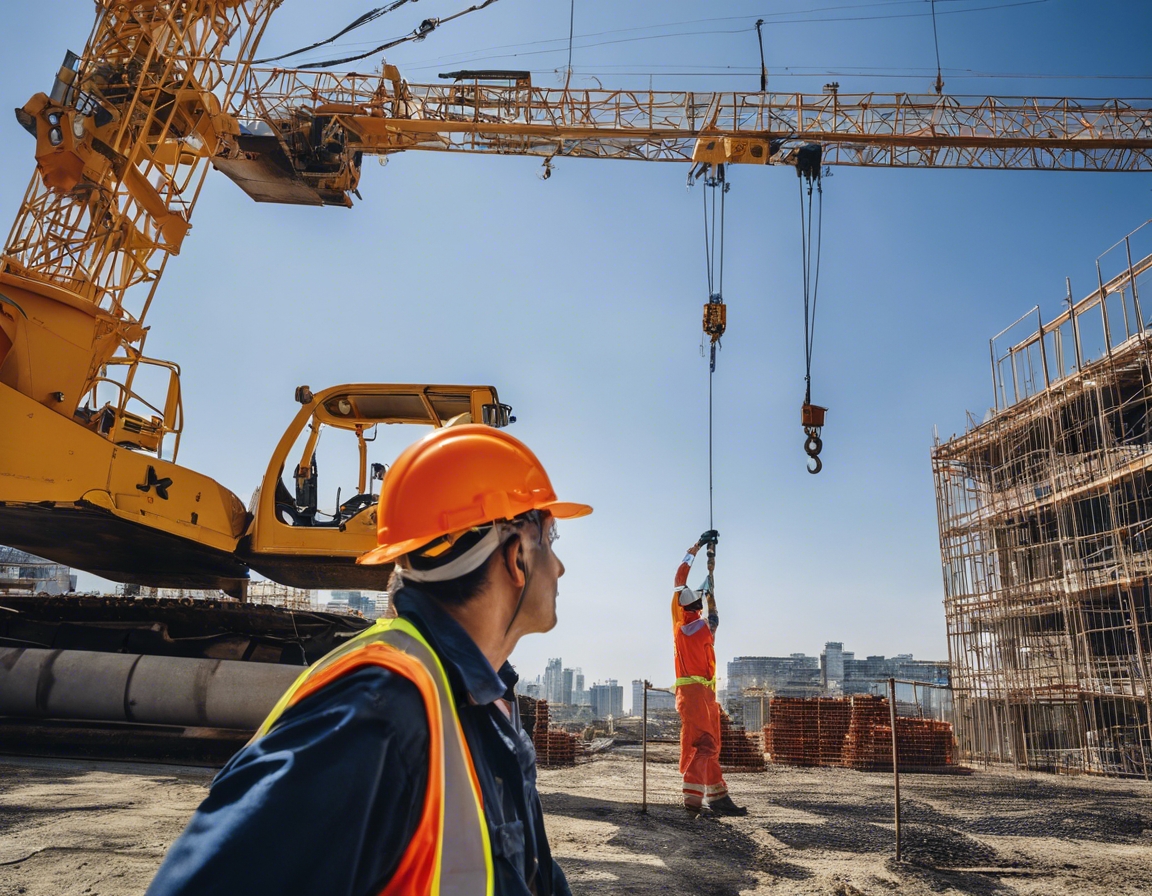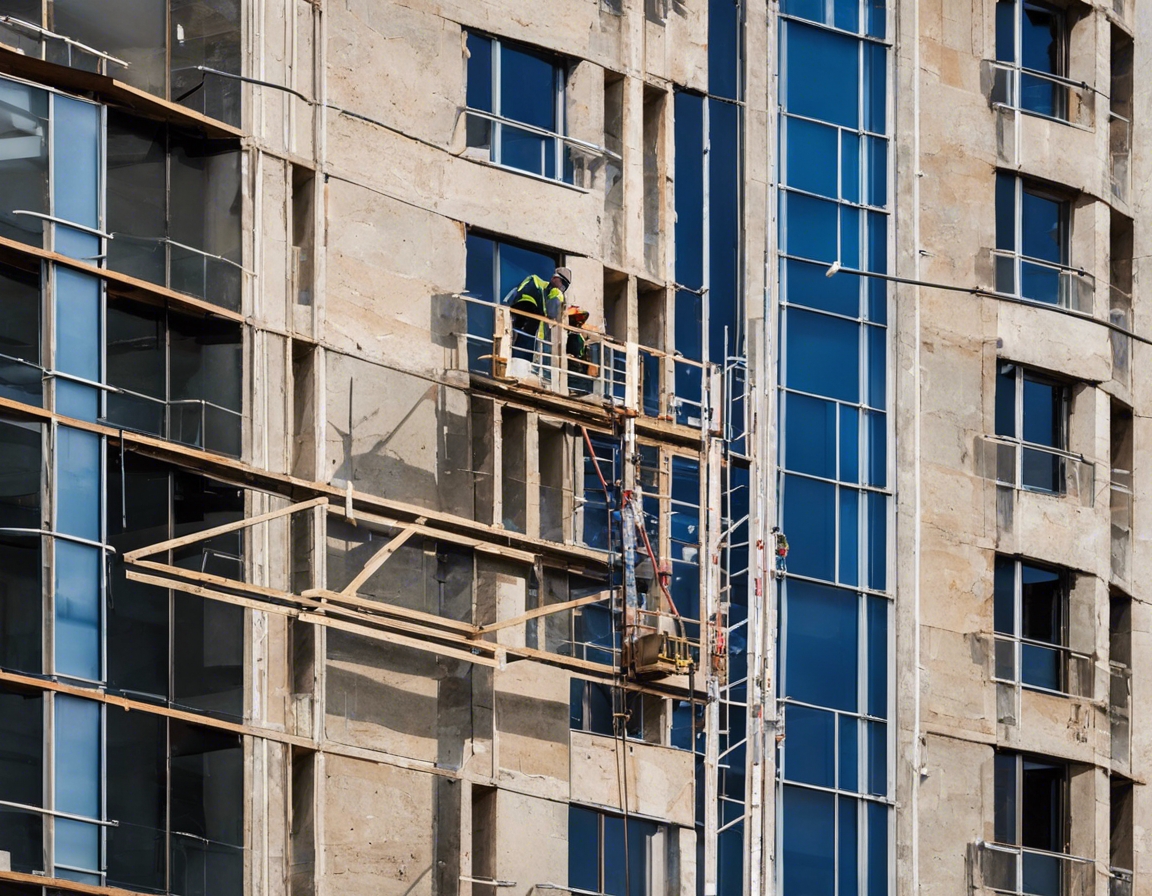5 ways sustainable limestone enhances construction
Limestone has been a cornerstone in construction for centuries, revered for its natural beauty and structural capabilities. However, as the world shifts towards sustainable practices, limestone too has evolved. Sustainable limestone is not just a building material; it's a commitment to eco-friendly construction without compromising on quality.
Sustainable limestone is sourced from quarries that prioritize environmental stewardship, ensuring minimal impact on the ecosystem. It involves responsible extraction processes and a commitment to the longevity of natural resources.
In an era where sustainability is paramount, modern construction demands materials that align with ecological values while delivering on performance. Sustainable limestone meets these criteria, offering a solution that satisfies both environmental and structural requirements.
1. Reducing Carbon Footprint
The production of sustainable limestone requires less energy compared to other building materials, resulting in a lower embodied energy. This means fewer fossil fuels are burned, leading to a reduction in greenhouse gas emissions.
Limestone has a unique ability to absorb carbon dioxide from the atmosphere, a process known as carbon sequestration. This natural property further enhances its sustainability profile, making it a proactive player in the fight against climate change.
2. Durability and Longevity
Sustainable limestone is renowned for its durability, able to withstand harsh weather conditions without deteriorating. This resilience translates to less frequent replacements and repairs, contributing to a more sustainable construction lifecycle.
The longevity of limestone not only reduces the need for frequent material replacement but also means that the environmental impact is spread over a longer period. This enhances the sustainability of projects by minimizing resource consumption over time.
3. Aesthetic Versatility
With a variety of textures and colors, sustainable limestone can be tailored to suit any architectural style, from classic to contemporary. This versatility ensures that it can be used in a wide range of projects without compromising on design aesthetics.
Architects and designers value limestone for its malleability, allowing for intricate detailing and customization. This flexibility encourages creative freedom while maintaining an eco-friendly approach to construction.
4. Natural Insulation Properties
Limestone possesses excellent thermal mass, meaning it can absorb, store, and slowly release heat. This property helps in regulating indoor temperatures, reducing the need for artificial heating and cooling, and thereby lowering energy consumption.
The insulation properties of limestone contribute to energy-efficient buildings that require less energy to maintain a comfortable living environment. This efficiency is crucial in reducing the overall carbon footprint of construction projects.
5. Local Sourcing and Community Benefits
Choosing locally sourced sustainable limestone supports local businesses and reduces the environmental impact associated with long-distance transportation. It also ensures that the economic benefits of limestone extraction are felt within the community.
By sourcing limestone from local quarries, transportation distances are minimized, leading to a significant reduction in transportation-related emissions. This is a key factor in promoting sustainable construction practices.






Comments (0)